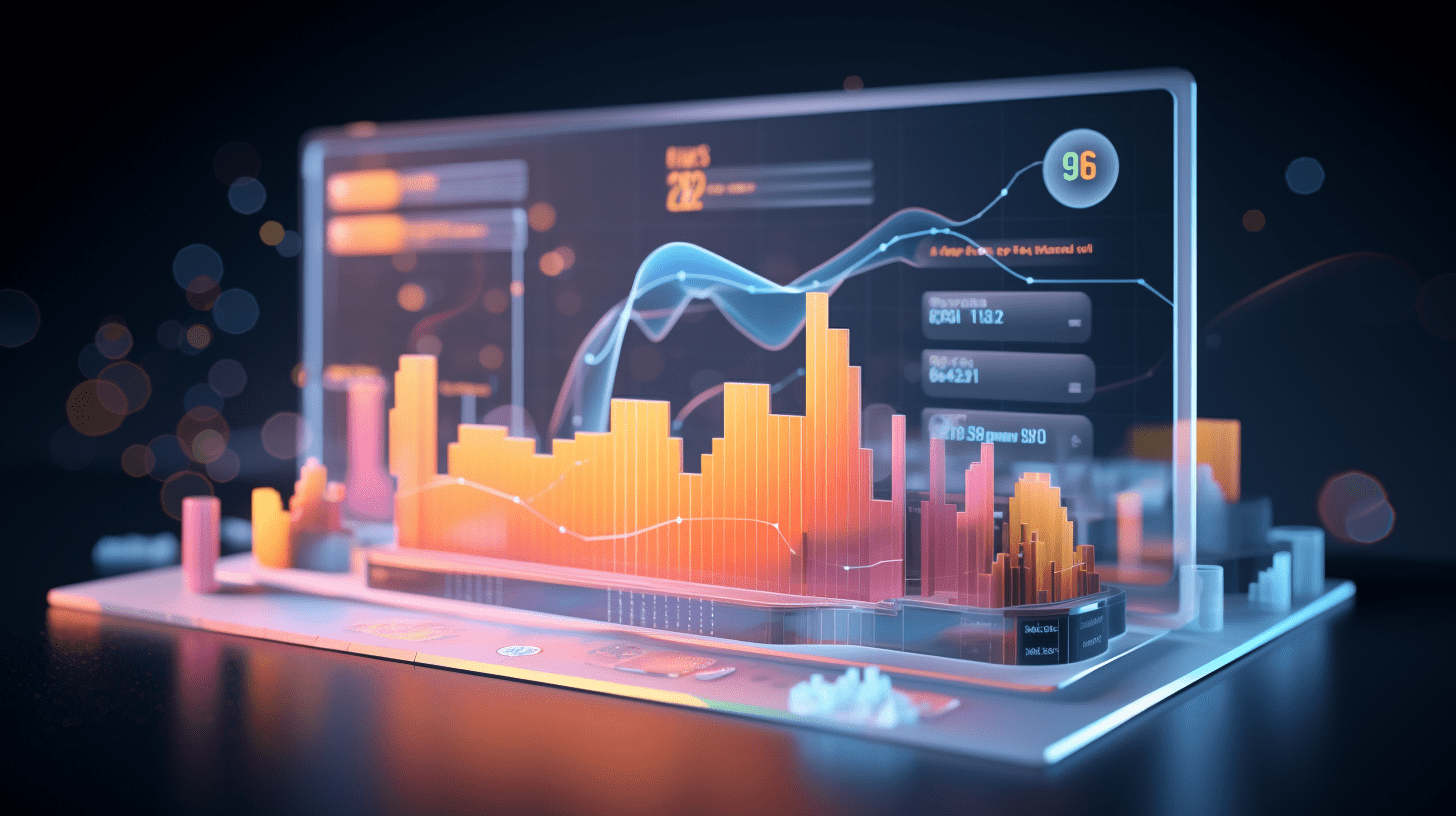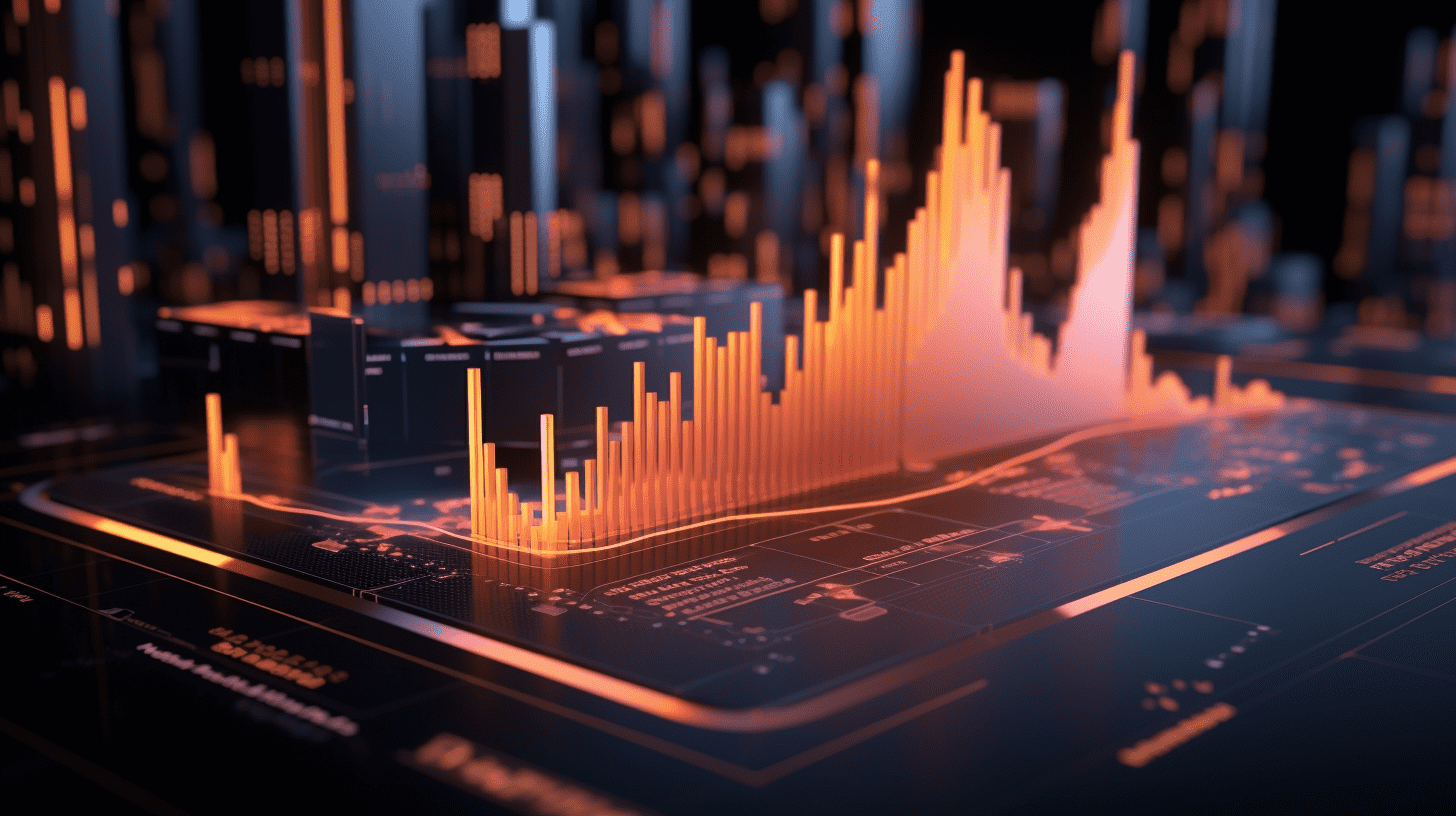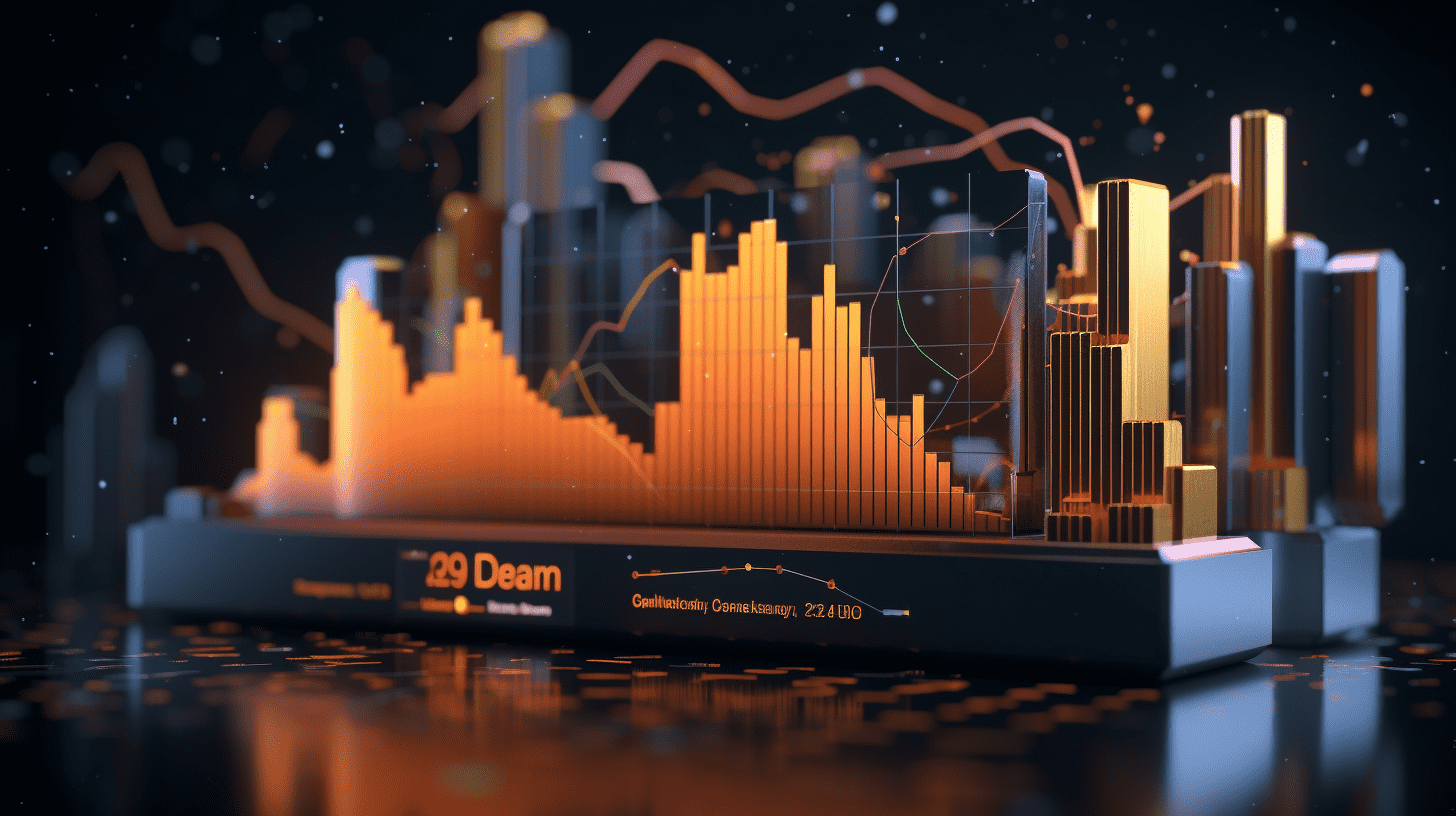CITIC SEC: Continuous expansion of AI ecosystem - focusing on the opportunities brought by AI applications and algorithm development landing
With the continuous progress of large models and the exploration of Chinese technology companies in ecology, scenarios, and other aspects, AI is gradually moving from single-point technological progress to a wider new quality productivity landing.
CITIC SEC released a research report stating that the landing of new quality productivity brought by AI will be the main focus of technology investment in the second half of 2025. With the continuous improvement of large models and Chinese tech companies' exploration in ecology, scene landing, etc., AI is gradually transitioning from single-point technological advancements towards broader new quality productivity. The improvement of product forms and production efficiency brought about by AI has already changed specific product forms or industry landscapes in areas such as advertising, gaming, management software, smart cars, etc., and is further integrating with existing digital infrastructure. The bank recommends paying attention to top technology companies with long-term ecological advantages in the context of AI application landing, as well as companies benefiting from the opportunities brought by AI application landing and algorithm construction.
The main viewpoints of CITIC SEC are as follows:
Review and Outlook: The bank continues to focus on the value reassessment opportunities of Chinese tech assets brought about by the landing of AI applications.
Looking back at the trend of the global tech sector in the first half of 2025, Chinese tech stocks benefited from the value reassessment wave brought by DeepSeek, with tech stocks in Hong Kong rising more significantly, and after experiencing a rapid valuation recovery, they saw some pullback; US stocks were constrained by the uncertainty brought about by the trade war and high valuations in the previous period, with overall gains being relatively weak. As of May 27, 2025, the Hang Seng Tech Index / Golden Dragon China Index / Nasdaq Index / Philadelphia Semiconductor Index were +15% / +6% / -3% / -6% respectively; the differentiation in the A-share tech sector was significant, with the CITIC Automotive / Media / Computer / Electronics / Communication indexes being +12% / +6% / +1% / -3% / -4% respectively.
Looking ahead to the second half of the year, despite constraints such as insufficient computing power and external environmental disturbances in the Chinese AI industry, the capabilities of large models are catching up with global frontrunners, domestic computing power industries are progressing rapidly, top tech companies are continuing to advance AI ecosystem construction, and technological advancements continue to evolve into productive capabilities. The gradual landing of AI in software applications and terminal hardware is expected to open up larger market space for the tech industry. From a valuation perspective, the PE-TTM of the Hang Seng Tech Index is 20.6 times, at the 21.6th percentile since 2023, while Nasdaq is at 39.2 times, at the 44.9th percentile over the past four years. The bank believes that Chinese tech assets still have relative advantages, and the process of value reassessment is not yet over.
Models and Computing Power: Models continue to improve, tools are gradually enriched, and computing power remains highly active.
1) Looking at base models, in the first half of 2025, the cost-effectiveness of large models has rapidly improved. On one hand, this is manifested in the rapid advancement of the models' internal capabilities, including reasoning and tool invocation capabilities; on the other hand, the overall pricing of models has decreased, benefiting from open-source models and hardware efficiency improvements. Chinese manufacturers represented by DeepSeek, Qwen, and Dou Bao are rapidly narrowing the gap in abilities with leading US large model manufacturers, greatly promoting model democratization.
2) Looking at the supporting landing, with the rapid improvement in cost-effectiveness of large models, the prospects for Agent landing are becoming clearer. On one hand, the popularity of Manus indicates two feasible routes: model + tool, and Agent collaboration; on the other hand, the industry is gradually standardizing tool invocation and Agent collaboration through communication protocols such as MCP and A2A, while continuously improving the overall concept of models' internal capabilities.
3) Looking at computing power infrastructure, investments in computing power in North America and China are at relatively high levels. In the first quarter of 2025, the combined capital spending of the top four CSPs increased by 60% year-on-year, with better guidance for the full year than expected. Under neutral assumptions, the bank predicts that the total capital spending of the top four CSPs in North America in 2025 will be $345 billion, a 37% increase over 2024. As for domestic investments, in the first quarter of 2025, Alibaba and Tencent respectively invested 24.6 billion and 27.5 billion RMB in capital expenditures, year-on-year growth of 141% and 91% respectively. For cloud services, current market demand is buoyant, and AI has certainty in optimizing existing businesses, especially in advertising and recommendation systems. The bank expects that Chinese internet giants will maintain their strategic focus and continue to invest in cloud and AI.
4) Looking at foundational technologies, Chinese domestic computing chip manufacturers are experiencing accelerated production opportunities due to the continued tightening of control over high-end computing chip technologies by the US. At the same time, Chinese mainland chip companies are finding it increasingly difficult to access external advanced manufacturing processes. In this context, developing independent advanced manufacturing process capabilities is the only option, with Semiconductor Manufacturing International Corporation becoming the only available advanced manufacturing semiconductor plant, significantly increasing scarcity.
Ecology and Applications: AI from point to face, comprehensive application landing.
From a macro perspective, new quality productivity represented by AI has essentially become one of the main lines of competition between China and the US, and the improvement in total factor productivity brought about by new quality productivity is also an essential part of China's economic transformation. In terms of application, AI's large models are radiating from single-point technological breakthroughs to a larger scale of new quality productivity industrial map, from software to endpoints, from ecosystem construction to practical productivity, the application progress of Chinese manufacturers in AI is accelerating:
1) Top internet companies are actively exploring the integration of AI with their existing ecosystems. In the medium to long term, the bank believes that AI will reshape the main businesses of top internet giants in areas such as advertising, content creation, search, etc., and these giants are expected to further deepen their business moats through AI and explore monetization opportunities in multiple directions. In terms of content creation and marketing, AI has also shown tangible economic benefits, with improved algorithm capabilities leading to upgraded efficiency in advertising distribution and matching on top internet advertising platforms; and the capabilities of generative models have enriched creative choices in content creation and lowered the costs and difficulties of content creation.
2) In terms of software, as we enter 2025, the forms of Agent products continue to diversify, players are becoming more diversified, and the level of automation is gradually increasing. From the consumer end, overseas products such as OpenAI Operator and Anthropic Computer Use, as well as domestic products such as Zhifu AutoGLM, continue to verify the ability of models to break down complex tasks, perceive dynamic environments, and directly operate on terminals.Expected to serve as the technical foundation supporting high-value AI agents in various fields, accelerating their implementation. From the perspective of the B end, domestic and foreign manufacturers in industries such as enterprise management, healthcare, and finance continue to launch new generations of products, further enhancing their capabilities. Combined with manufacturers' understanding of vertical scenarios and data, it is expected that product applications will accelerate and land by the second half of 2025.Intelligent cars are expected to become the next internet gateway after PCs and smartphones. In terms of sales, the bank predicts that under neutral assumptions, the total sales of cars in China are expected to reach 33.44 million units in 2025, a year-on-year increase of +6.4%. Among them, the sales of passenger cars (including exports) will reach 29.24 million units, a year-on-year increase of +6.4%. In addition, there may be a turning point in EU restrictions on Chinese electric cars, and win-win cooperation is expected to become a new theme. The bank continues to be optimistic about the opportunities for Chinese car companies to go global, and predicts that by 2025, overseas sales may reach 6.74 million units, a year-on-year increase of +15.3%, including 5.7 million passenger cars, a year-on-year increase of +15.0%, and the export of new energy vehicles is expected to reach 1.8 million units, a year-on-year increase of +47%. At the same time, the trend of car intelligence and electrification is accelerating, and the penetration rate of L2+ in 2025 is expected to double, with the proportion of high-speed/city NOA models expected to increase to 35%, bringing investment opportunities in smart driving chips, LiDAR, and other segmented directions.
Risk factors:
Changes in external geopolitical environment and escalating trade frictions pose risks to investment in the technology industry; fluctuations in investment cycles in AI by companies due to this present risks to investment in the technology industry; risks of industry policies not meeting expectations; delays in companies' core technology and product development progress; AI application deployment speed lower than expected; lower-than-expected capital expenditures by cloud vendors; risks of enterprise IT spending not meeting expectations, etc.
Related Articles

HK Bull/Bear Outstanding Qty Ratio(64:36) | May 31st

Overnight US stocks | Three major indexes rose and fell differently, with the Nasdaq rising 9.56% this month.

US Stock Market Move | AstraZeneca PLC Sponsored ADR (AZN.US) rose more than 2% as Imfinzi was approved for a new indication in the EU.
HK Bull/Bear Outstanding Qty Ratio(64:36) | May 31st

Overnight US stocks | Three major indexes rose and fell differently, with the Nasdaq rising 9.56% this month.

US Stock Market Move | AstraZeneca PLC Sponsored ADR (AZN.US) rose more than 2% as Imfinzi was approved for a new indication in the EU.






